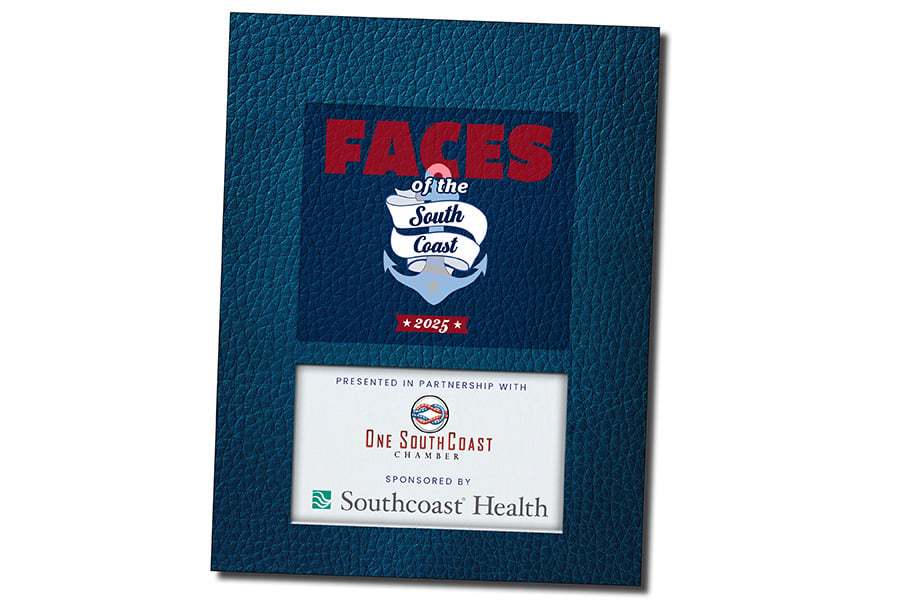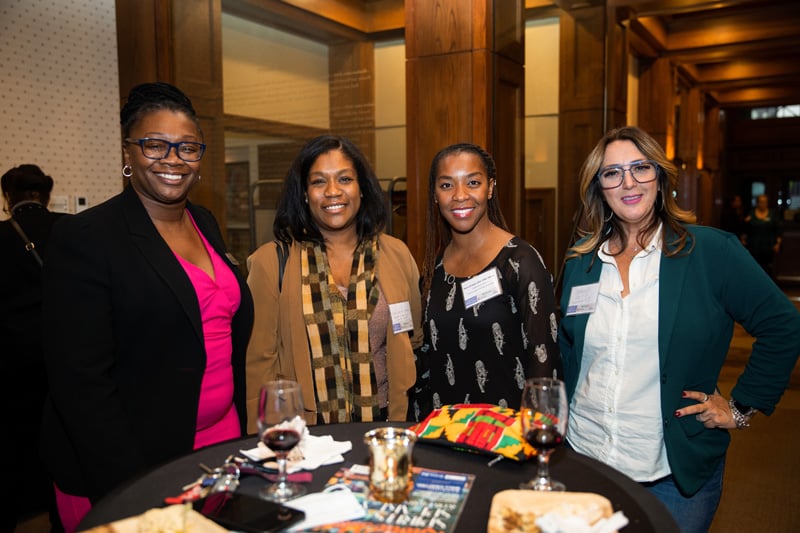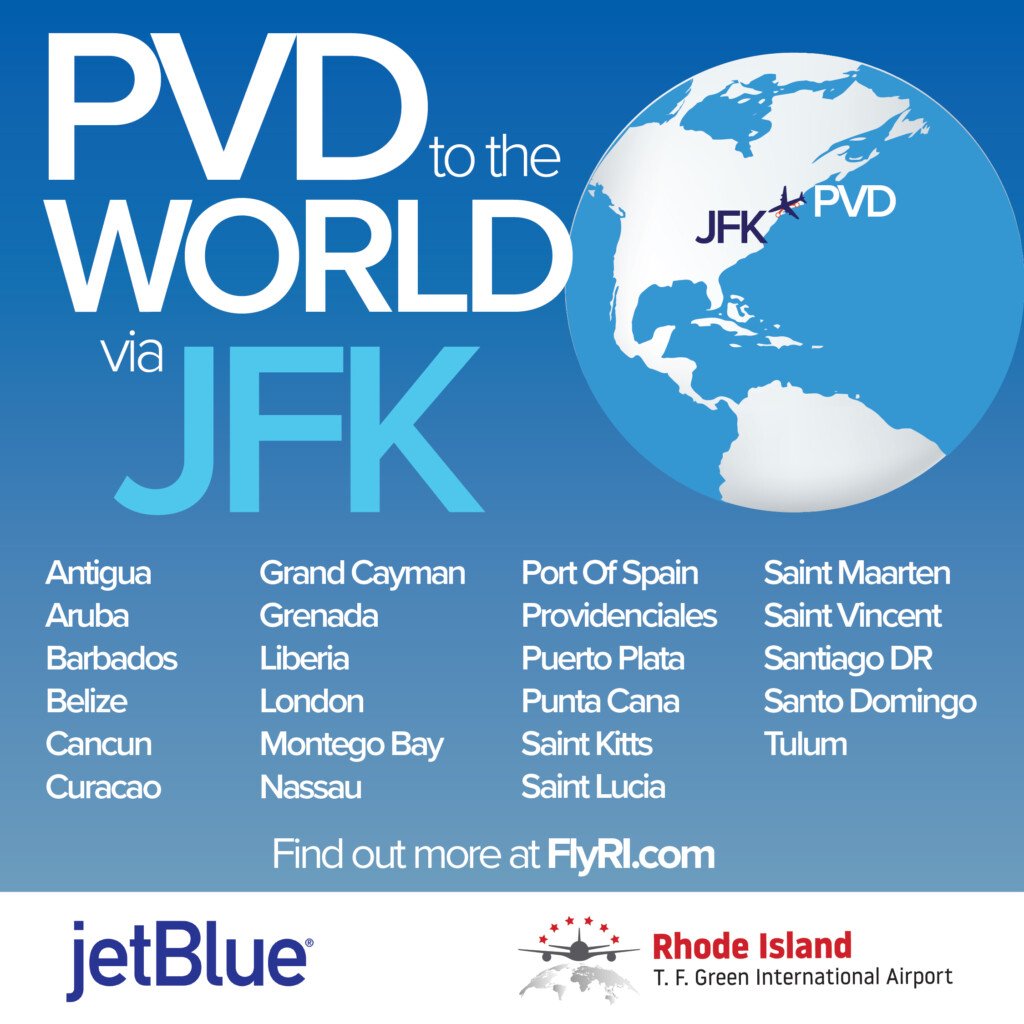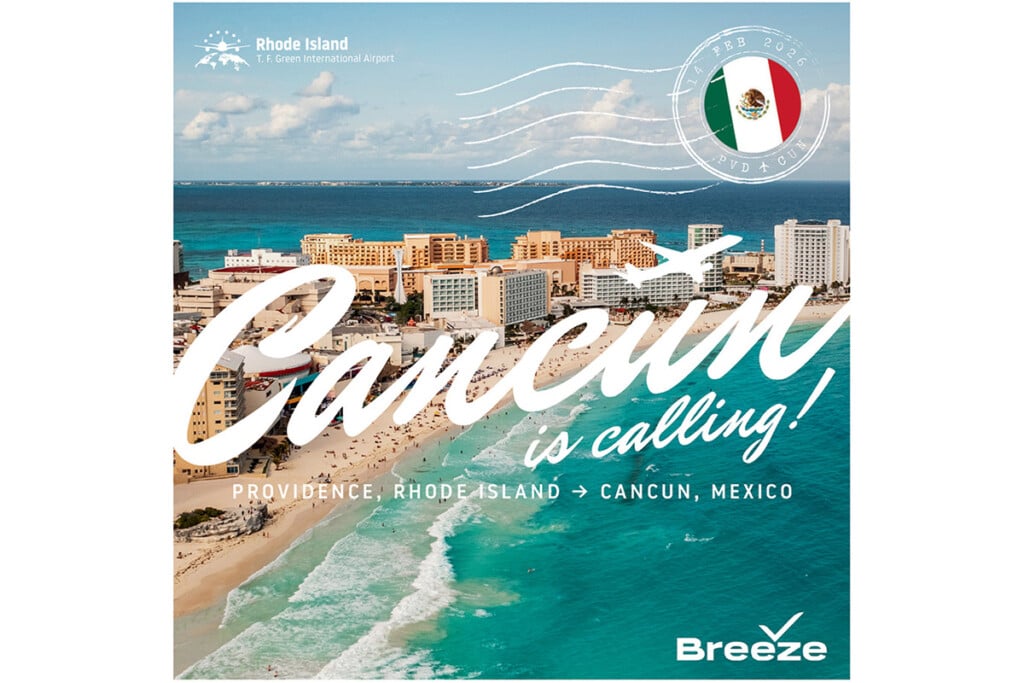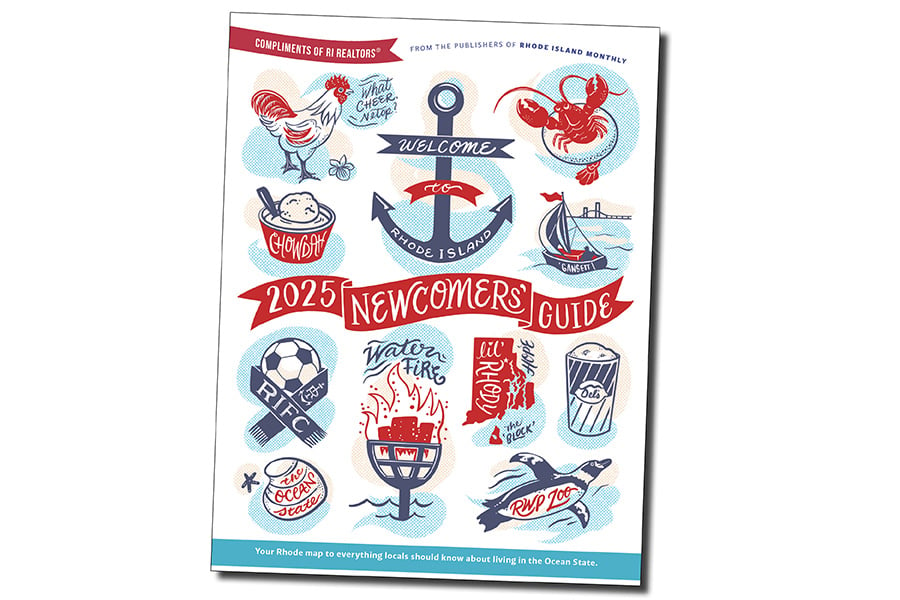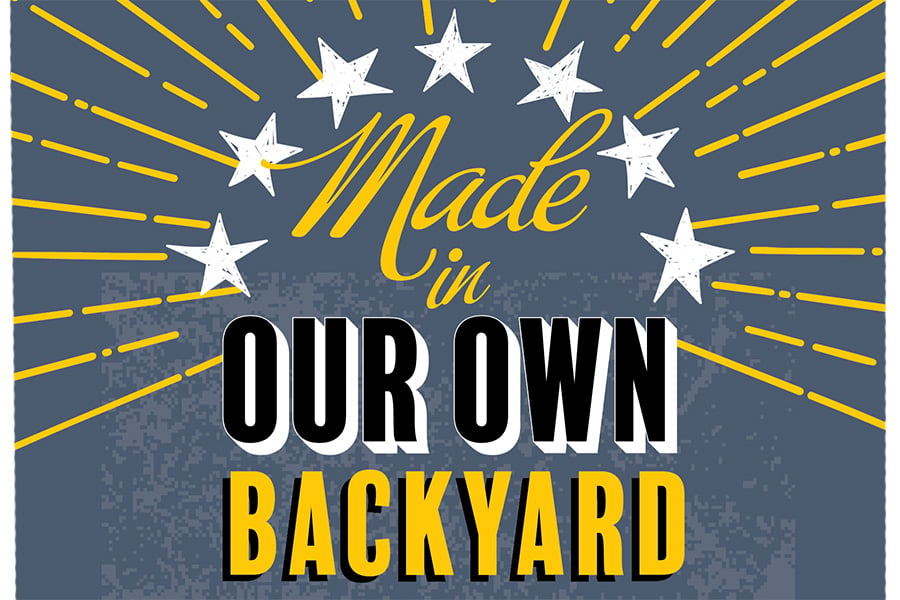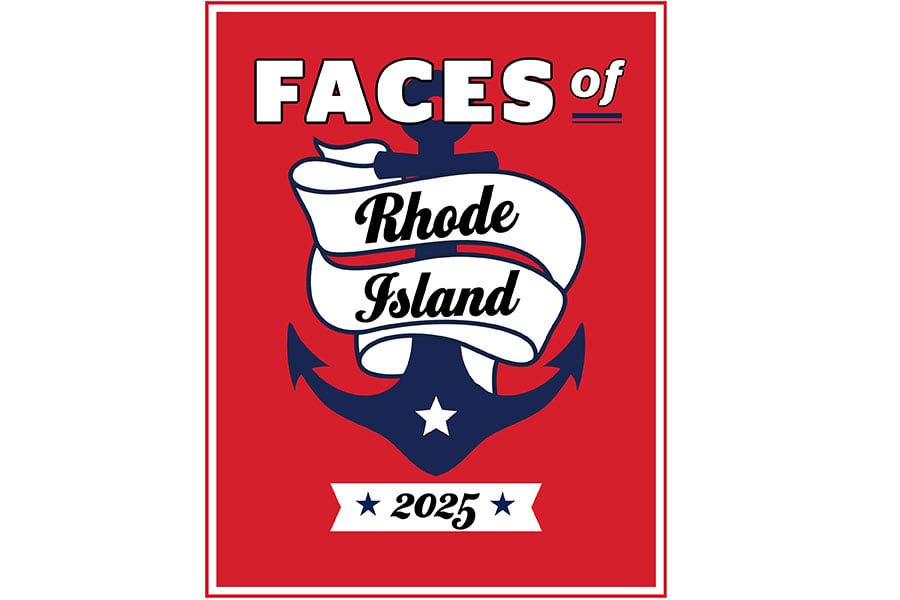The Essential Rhode Island Quahog Guide
Everything you need to know about harvesting, cooking and eating the Ocean State's favorite clam.
Making Stuffies
Peter and Jeanine Caswell took a family recipe for stuffies and made it a business.
Peter and Jeanine Caswell knew Peter’s family stuffie recipe, handed down for four generations, had potential for something big. “Anytime we made it or my mom made it, I was always like, ‘We need to market this,’ ” says Peter Caswell, co-owner of Rhode Island Shellfish Company with Jeanine. In 2016, they decided to take the plunge and sign up for Hope and Main’s incubator program to take them through the steps for starting a food business. Then they began making their product and marketing it at farmers markets. Now they have their own USDA-certified commercial kitchen in West Warwick where they sell the stuffies as well as housemade prepared foods like lobster mac and cheese, New England and Rhode Island-style chowder and more. The stuffies and other prepared foods are also available on the WhatsGood app for home delivery. “It started from grassroots,” Peter Cawell says. “I am blown away by the success of the stuffies and the reaction we’ve had.” 1670 Main St., West Warwick, 744-0311, rishellfish.com —J.C.
RI Shellfish Co. Stuffies
Makes 21–24 large stuffies
3 Tbsp butter
1 tsp garlic (finely chopped)
½ cup onion (finely chopped)
1 cup celery (finely chopped)
¼ tsp black pepper
¼ tsp red pepper flakes
1 lb ground pork/chorizo
1 quart ground quahogs
¼ cup clam broth
4 cups bread crumble
¼ cup parsley chopped
Melt butter, add garlic and brown. Add onion, celery, black pepper and red pepper flakes. Simmer down till translucent. Add ground pork/chorizo and cook down for five minutes. Add chopped quahogs and clam juice and cook for five minutes. Add bread. Remove from heat. Add parsley. Spoon into shells and warm until brown on top.
Fun Fact: Rhode Island harvests a quarter of the United States quahog supply. In 2018 alone, more than 22 million quahogs were harvested from Narragansett Bay and coastal waters for a value of $4.7 million.
Out On the Bay
An interview with quahogger Rob Russo.
Most days, quahogger Rob Russo wakes before sunrise, rolls out of bed and makes his way down to the dock behind his house with his dogs on Apponaug Cove. He boards his boat, named the Zombie Boat, and heads out on Narragansett Bay to harvest a day’s pay.
He was born into the industry and became a full-time quahogger in his early twenties.
“My dad is a commercial fisherman so I started going on his commercial boat when I was two weeks old,” says the thirty-three-year-old, who has been commercially quahogging for a decade
or more.
Russo’s dad was an offshore lobsterman before Russo and his older brother were born, then decided to get into bullraking after the children arrived. He learned how to clam from his dad.
“He’s fished for a lot of different species like mussels, all kinds of fish. He used to do fish pots like blackfish or tautog,” Russo says. “Being a fisherman in Narragansett Bay, you have to diversify. To be the most profitable, you have to do everything you can, especially with the way it’s regulated.”
Russo went quahogging at a young age and stuck with it. “I started going on my own boat when I was fourteen. I would go out in the summer to the spots where my dad was already working, and use all his junk equipment,” Russo says with a laugh. “I didn’t even have a driver’s license. My mom would drop us off down at the dock, and we would make $300 or $400, me and a couple fourteen year olds. That was super enticing. I would go buy brand new surfboards all the time. That motivated me to keep doing it.”
Russo is one of the youngest full-time commercial quahoggers on the bay. He wakes early each day (sometimes before sunrise at 4:30 a.m. so he can get right to work when sunrise regulations allow). He takes Zombie Boat out of his home dock on Apponaug; the boat was given the name because of his nickname, Rob Zombie, bestowed on him fifteen years ago by fishermen for the way he used to stack lobster traps like a zombie in those early morning hours.
The job is physically demanding. Sometimes he’s working with up to sixty feet of aluminum pipe in fifteen to twenty feet of water with a stainless steel rake at the bottom. He uses a pot hauler to hoist
the rake back up to the surface, but it’s a repetitive motion for the entire day. “You have to work the rake as you’re drifting. Picture, you go to the gym and you do the same workout for six hours straight,” he says. “Even if you are not maxing out, by the end of the five hours, you’re going to be straight-up wiped.”
Russo estimates that there are probably only about 100 full-time quahoggers left working on the bay year-round. “Most of the guys out there are my dad’s age now, like ages sixty and up, and it’s a super tough job for any age, really,” he says. “That’s why my dad got out of it. He’s like I don’t want to be sixty-five years old, busting my ass to make a hundred bucks.”
Russo loves being his own boss and deciding when and how long he’s going to work, but it’s certainly challenging. “To keep a commercial boat reliably in service, you need to make some money to make it work,” he says. “I am making money doing it, but you gotta go out and look for the stuff. The product isn’t there like it used to be.” –J.C.




